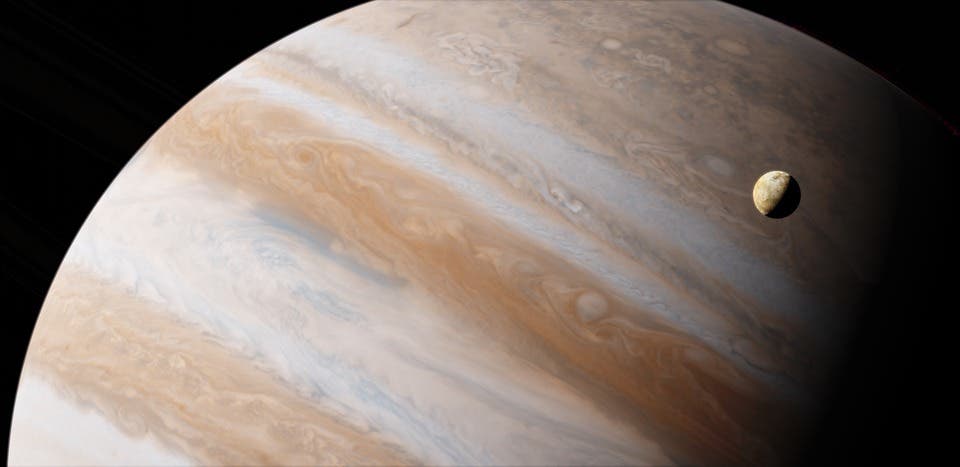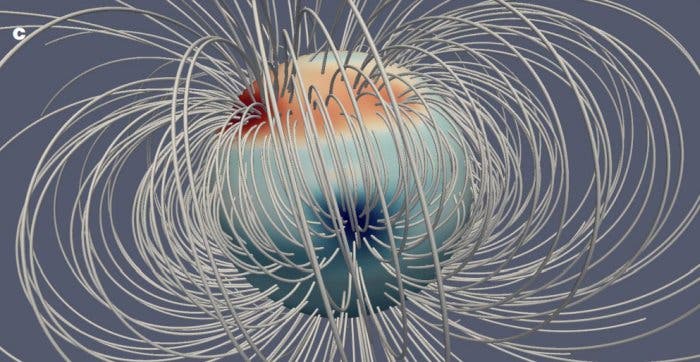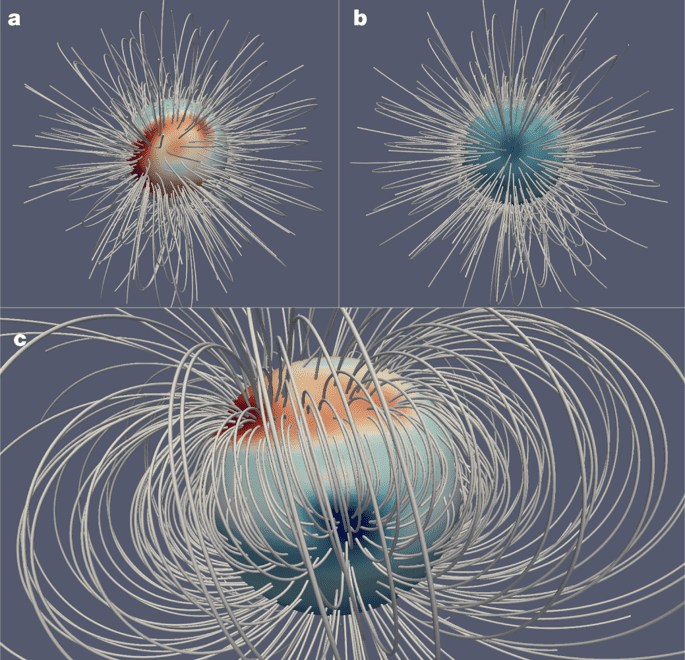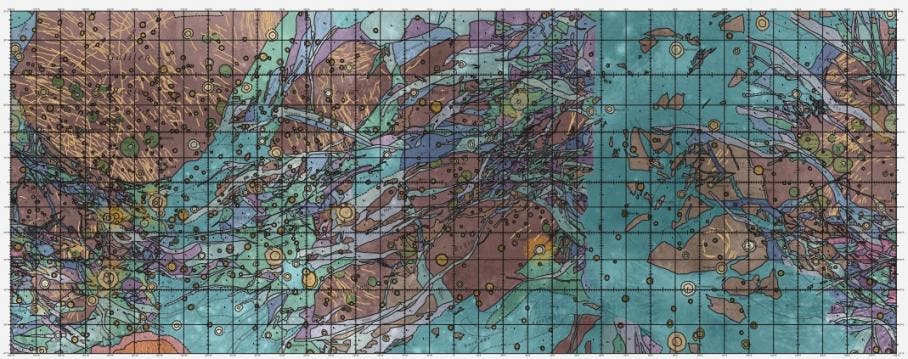Jupiter’s magnetic field is crazy!

Image via Pixabay.
The first map of the Jovian magnetic field has been compiled by an international team of researchers — and heads are still being scratched over it. The gas giants’ magnetic field is unlike anything we’ve ever seen before, hinting at unknown processes going on beneath its surface.
King of the gods
It didn’t come as much of a surprise to any researcher that Jupiter’s magnetic field is in a class of its own. While the gas giant boasts 11 times the diameter of our planet, it’s magnetic field is over 20,000 times as strong. It’s also much larger and has several complex features that have no counterpart in our own planet’s magnetic signature. These features, as far as we can tell, may stem from Jupiter’s rapid rotation and large liquid metallic hydrogen interior.
New data beamed back by the Juno spacecraft — which is still busy orbiting around the planet’s poles — allowed researchers from the US and Denmark to study this magnetic field much more closely than ever before. Starting from this data, which was recovered during eight orbits, they mapped the magnetic field in unprecedented detail at depths up to 10,000 kilometers (6,214 miles). Instead of making things more clear, however, the wealth of data only created further confusion. Take a look:

Jupiter’s magnetic field emerges from a broad area close to its North pole (red on the image above) and re-enters around the South pole — so far, not especially surprising. What is very surprising, however, is that part of the magnetic field re-enters through a highly concentrated region just south of the equator — an area the team calls the Great Blue Spot.
The field is much weaker outside of these areas (grey-blue in the image above).
Earth’s magnetic field is dipolar. The field emerges from the South pole, re-enters through the North pole, and runs through the center of the planet. There are small non-dipolar components, but they’re relatively evenly spread out across the two hemispheres and they’re nowhere near as massive as the Great Blue Spot.
None of it prepared us for Jupiter’s hectic magnetic display.
“Before the Juno mission, our best maps of Jupiter’s field resembled Earth’s field,” planetary scientist Kimberly Moore of Harvard University told Newsweek. “The main surprise was that Jupiter’s field is so simple in one hemisphere and so complicated in the other. None of the existing models predicted a field like that.”

The lop-sided nature of Jupiter’s magnetic field points to yet-undiscovered processes under the surface. Magnetic fields are the product of churning flows of conductive liquids inside a planet. As the planet rotates, these liquids create magnetic fields — just like a dynamo.
Earth’s ‘dynamo’ is encased by a solid crust; the team believes their results suggest Jupiter’s dynamo lacks this casing. One of the models they propose envisions Jupiter’s core not as a solid, but as a slush — a mixture of rock and ice partially dissolved in liquid metallic hydrogen. Such a structure could create layers that would result in an asymmetrical magnetic field, they explain.
Another possibility would be that helium rains on the planet work to destabilize the field. This scenario, however, fails to satisfactorily explain the asymmetry seen in the magnetic field.
Juno is still orbiting Jupiter and will continue for quite some time. The team hopes to use further observations to better understand the magnetic field they’ve uncovered.
The paper “A complex dynamo inferred from the hemispheric dichotomy of Jupiter’s magnetic field” has been published in the journal Nature.






